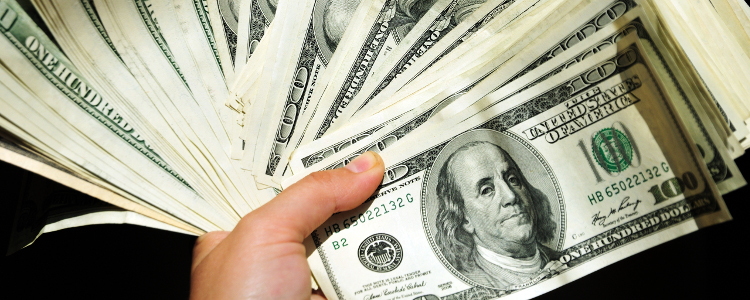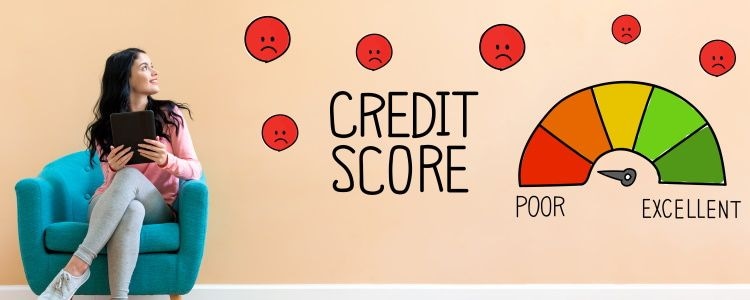It's very difficult to predict the interest rate a consumer with bad credit will be charged until they've received an approval from a lender
Car loan interest rates
Often one of the first questions credit-challenged applicants ask us is what kind interest rate they can expect. We understand why they want to know this, but the fact is that in most cases we really don't know what their interest rate will be.
Good versus poor credit
.jpg)
When it comes to borrowers with good to great credit (those with a FICO score starting at 680 and going up to 740 or more), interest rates are assigned based on their credit scores. This not only speeds up the approval process, it also makes the process of comparing interest rates between lenders simple.
In the current lending environment, it's even possible that some applicants with a FICO score of between 640 and 679 might receive a credit score-based rate.
But when an applicant's credit scores start falling below a 640 FICO, the computer systems used by most traditional lenders will auto-decline the application. In some instances, going over the application with a lending officer might result in reversing the computer's decision, but the majority of the time, the rejection will stand.
For consumers in this position that need a vehicle right now, it's time to apply for a car loan from a subprime lender.
How subprime lenders score applicants
Subprime lenders use special scoring models that take into account credit scores but also consider other factors to qualify applicants and determine interest rates. These factors include:
Ability - Can the applicant afford a car payment?
Lenders look at the applicant's gross (before taxes) income versus their monthly bills. Typically, all debts (including a car payment and insurance) cannot exceed 40 to 50 percent of total monthly income. The lower the debt-to-income (DTI) ratio, the better an applicant will score.
Lenders also look for a car payment to be below 15 to 20 percent of monthly income. The lower this payment-to-income (PTI) ratio, the better an applicant will score.
Down payments also help by reducing the loan to value (LTV – what the vehicle is worth versus what the lender will loan on it). This reduces lender risk, so the lower the LTV ratio, the better an applicant will score.
Stability - How long has the applicant been employed at the same job or in the same field as well as lived at their current address? The minimum is usually one year with the current employer with higher scores for additional job time. Short job time can be offset by employment in the same industry or switching employers for higher pay or a better job.
Living for more than a year at the same address or in the same geographical area also indicates stability. Borrowers who move often are considered "skip hazards", making it more difficult to repossess a vehicle. The longer the residence time, the better an applicant will score. Homeowners score higher than renters because moving requires selling a home, which is difficult to do quickly.
Willingness to pay – Credit reports reflect how applicants pay their bills. If lenders see "slow pays" – especially auto loans - they'll check to see if it's "situational" or "habitual."
"Situational" bad credit can often be traced to one incident, such as a layoff or medical emergency, while "habitual" bad credit means never paying any bills on time. As you might expect, applicants with situational bad credit will score higher than those with habitual bad credit.
The Bottom Line
In addition to credit scores, ability, stability and willingness to pay are taken into account when determining interest rates for borrowers with tarnished credit. Since each lender weighs these factors differently, determining the exact interest rate a particular applicant will qualify for usually can't be done.
So if you've been turned down for a conventional car loan and are ready to reestablish your auto credit, you can begin the process now by filling out our online car loan application.



















